Manufacturer: MSI
UK price (as reviewed): £600
US price (as reviewed): $650
In case you're thinking you'll never be able to afford a 3rd Gen Threadripper system due to astronomical motherboard prices, we do have some more affordable models inbound, but today we're checking out MSI's flagship TRX40 board - the Creator TRX40. If it looks familiar, you'd be correct - MSI is using a very similar design to its X299 Creation and, indeed, the X570 Creation - the former in terms of heatsinks and power delivery and the latter with the around-the-PCB heatpipe cooling system, making that chipset fan work for a living.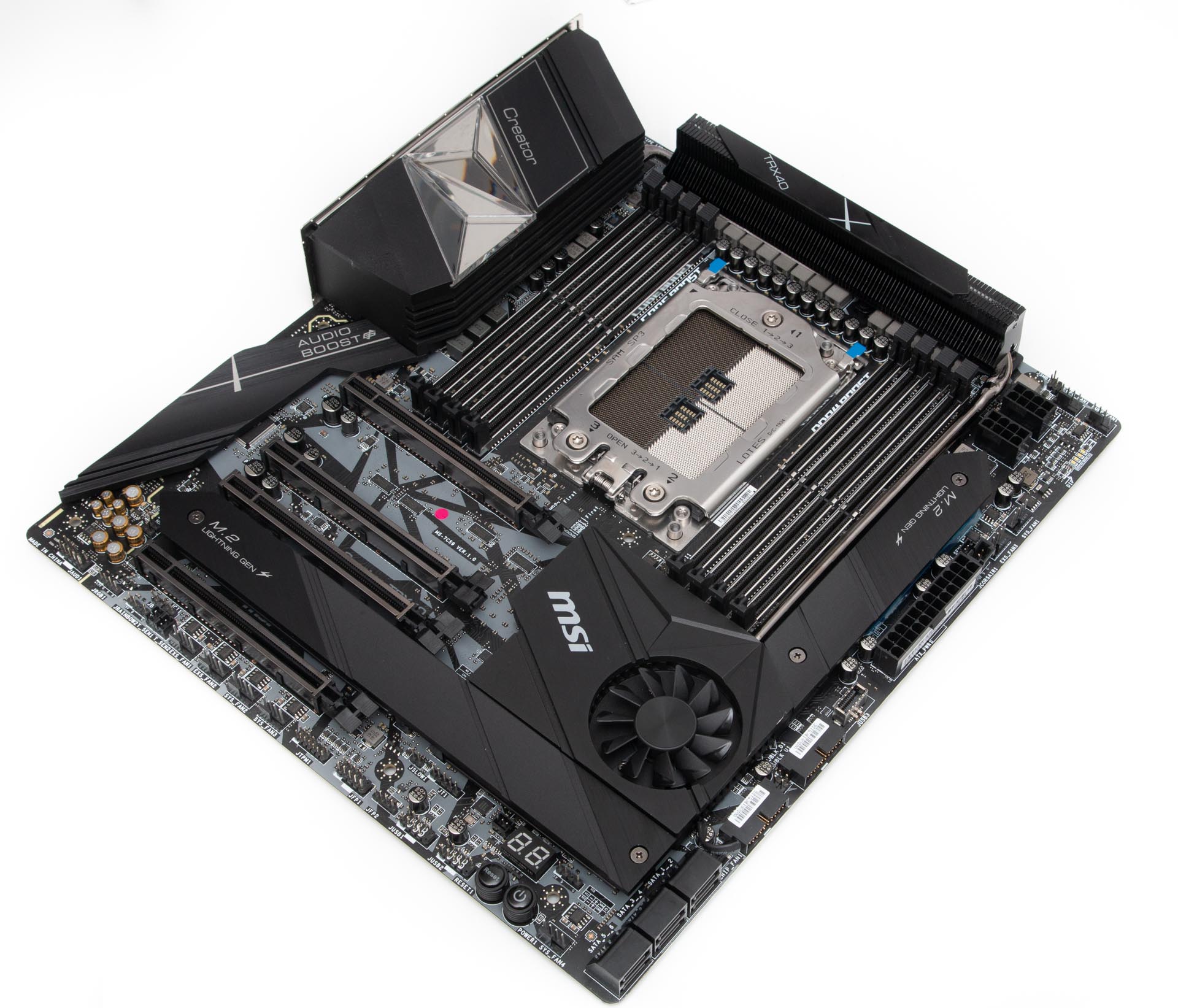
The cooling system is certainly the most stand-out feature here, straddling a 16-phase power delivery with mix of heatsink designs - a standard chunk of aluminium acting as the I/O shroud plus a more elegant finned array of heatsinks, which is more akin to the path Gigabyte has chosen with its boards. The genius of MSI setup here is that 50mm chipset fan can help actively-cool the VRMs, although it will obviously take time for heat to be transferred along the pipe, and as a result may not dissipate as quickly as direct-airflow methods such as we saw with the pair of VRM cooling fans in the Asus ROG Zenith II Extreme. The board reported a peak VRM temperature of 62°C, matching our rear PCB reading exactly, while the topside, as measured by our IR probe, was 57°C. This, unsurprisingly, is a little warmer than the twin-VRM fan-wielding Zenith II Extreme, which never topped 50°C in our stress test, but plenty far away from any danger zones... and with just one fan, too. It's a striking design nonetheless, but despite the board stretching to E-ATX dimensions, there's something a little bland about its design, we feel, especially compared to the Asus board - your thoughts may differ, of course.
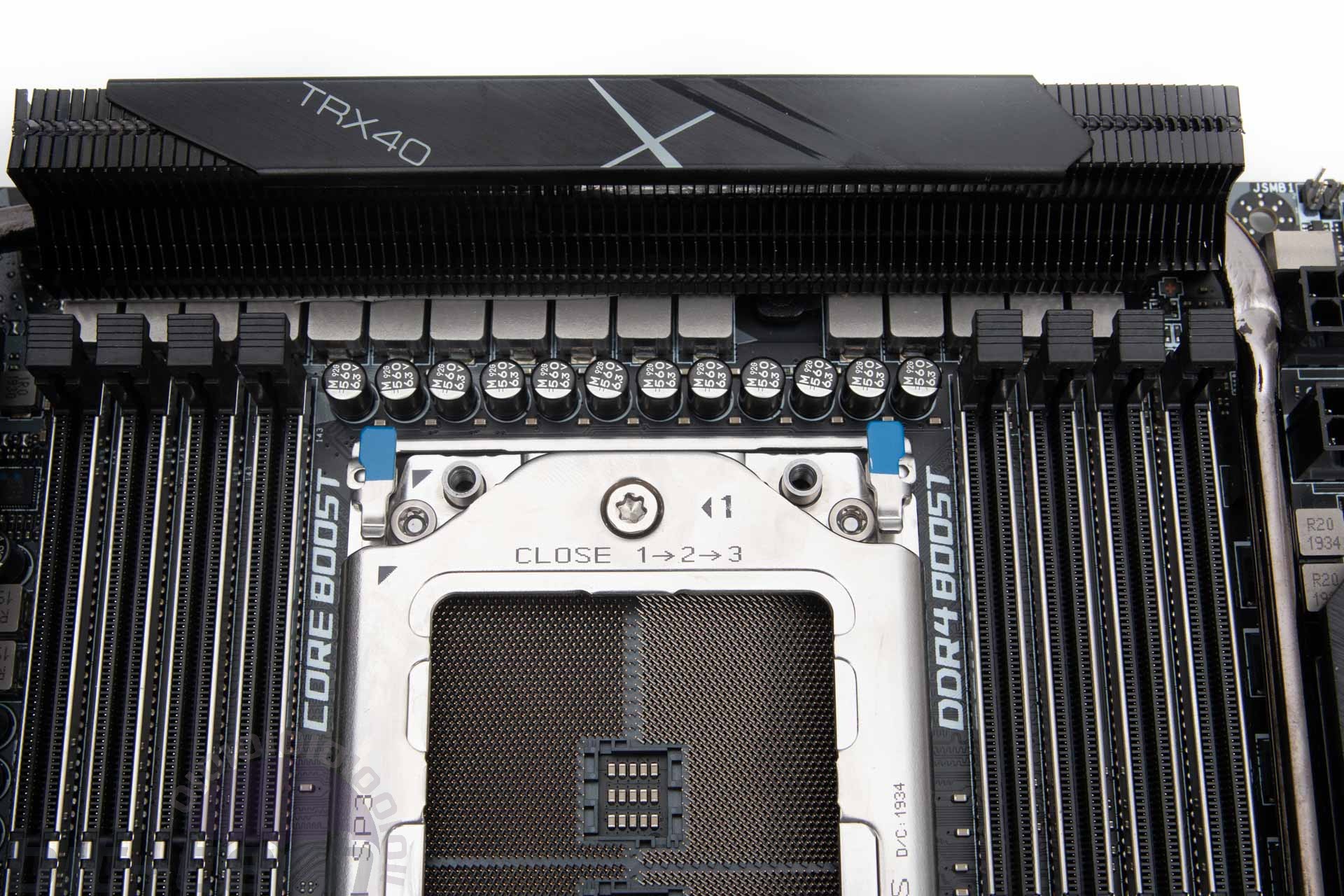
A slight oddity is a £600 motherboard only having six SATA ports. We can appreciate the transition to SSDs, specifically PCIe 4.0 devices, is certainly a big factor here, but we'd imagine that owners of this calibre of hardware will likely have hefty storage arrays planned. It's also the case that the competition has more - Asus and Gigabyte's flagships have eight and 10 ports, respectively. However, where the Creator TRX40 makes up for it is in M.2 ports. All support either PCIe- or SATA-based M.2 SSDs and each is also equipped with a large heatsink. To cater for double-sided PCIe 4.0 SSDs, MSI has included the outside thermal pads of an SSD sandwich, cooling both upper and lower parts, with the lower section benefitting from a smaller heatsink. We measured an M.2 temperature of 66°C, which is reasonable, but not spectacular.
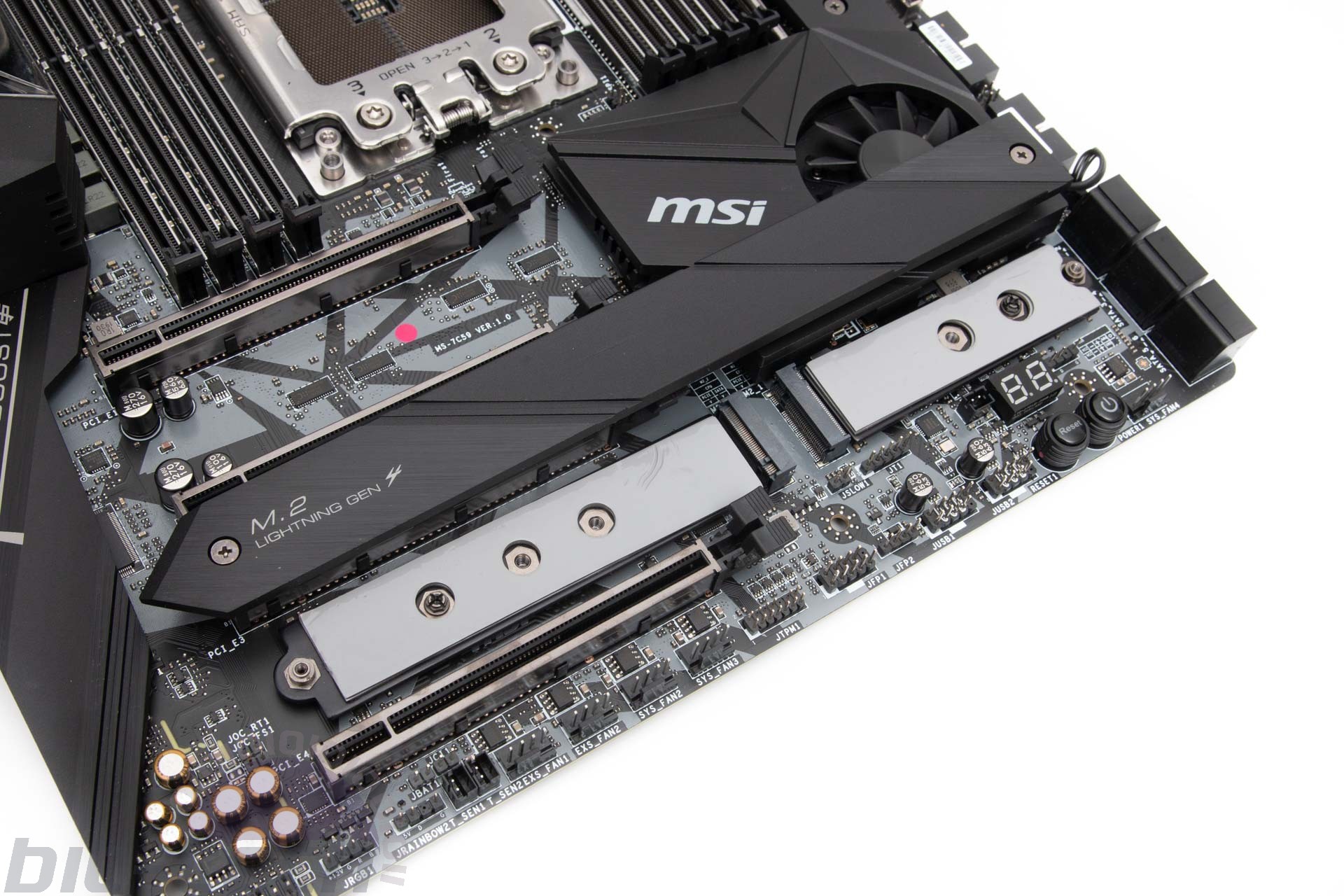
Thankfully, MSI does have an answer if you need to use several M.2 SSDs and plan on ragging them on a daily basis. It includes its M.2 Xpander-Aero Gen4 expansion card. It's a gloriously overkill quad M.2 card with a quartet of M.2 slots, although it doesn't feature the same underside cooling as the board slots. However, with a massive 100mm fan and heatsink on top as well as around 10mm of clearance for air to move underneath, it wasn't surprising to see that temperature drop to a staggering 33°C.
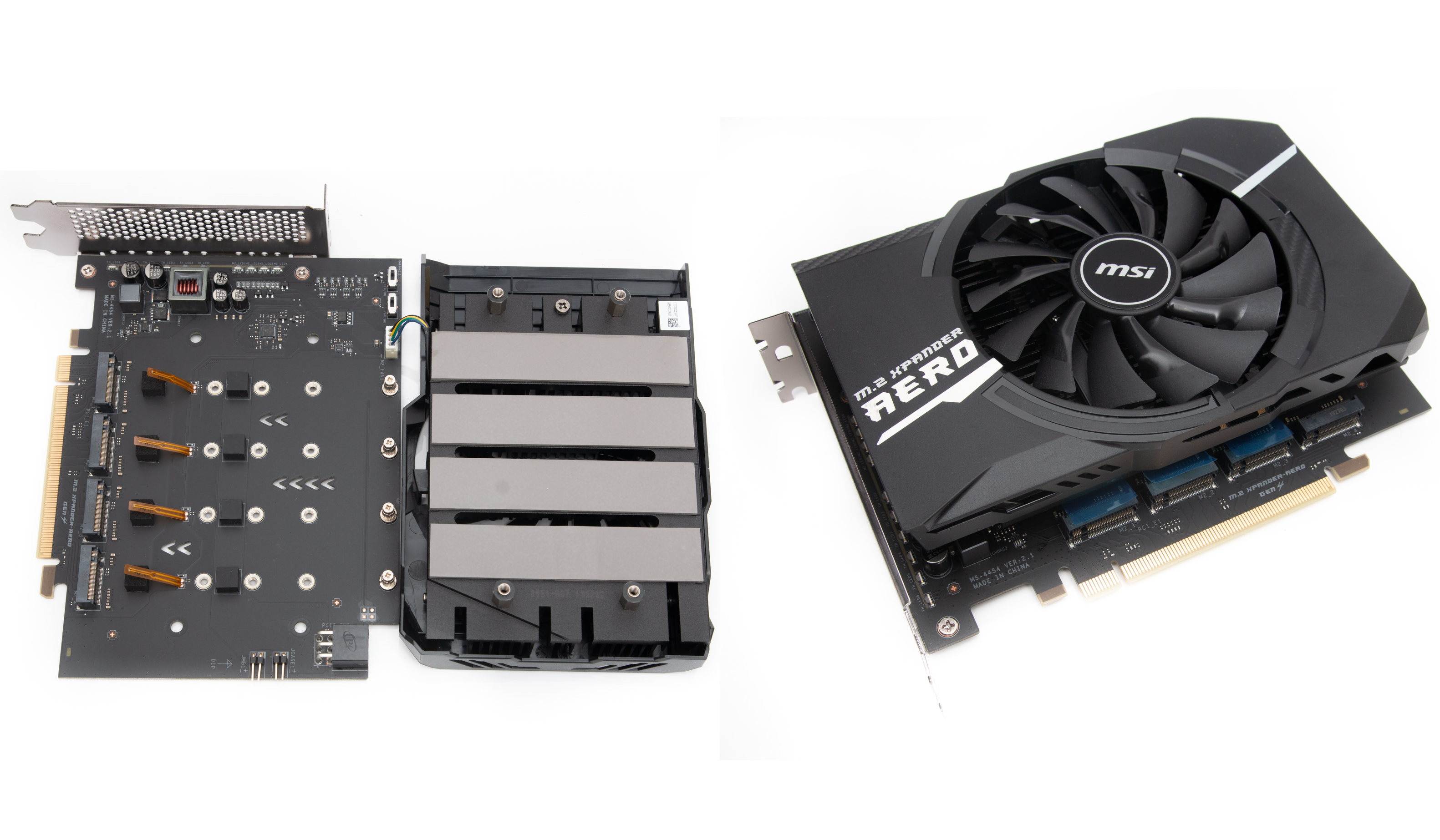
Clearly, if you'll be adding a few M.2 SSDs to your system, the M.2 Xpander-Aero Gen4 is the coolest place to house them. Unlike other boards we've seen, getting at the board-mounted ports is actually quite easy and doesn't require the removal of your GPU.
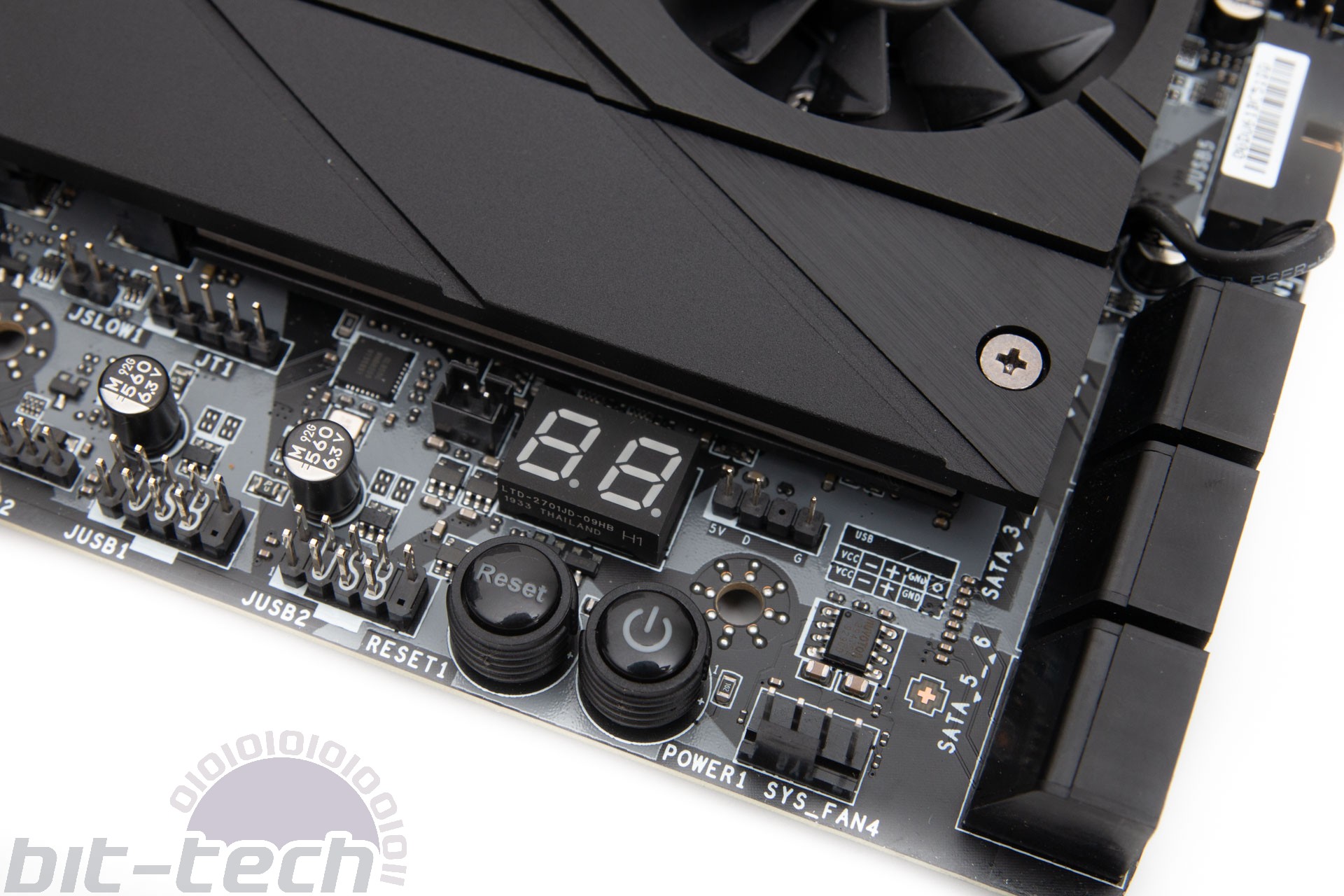
As well as a mediocre number of SATA ports, we were a tad disappointed with the overclocking and testing tools, as well. It's basically the bare minimum here - power, reset and CMOS clear buttons, an LED POST code display and USB BIOS flashback. That's all you technically need, but boards such as this should have more than a little excess - where are the fan-expander cards, uprated audio or unique features such as Asus' DIMM.2? That said, the board does have nine fan headers so if you're not using a PWM hub to control your case and radiator fans, there's plenty of scope for using the motherboard's own arsenal.
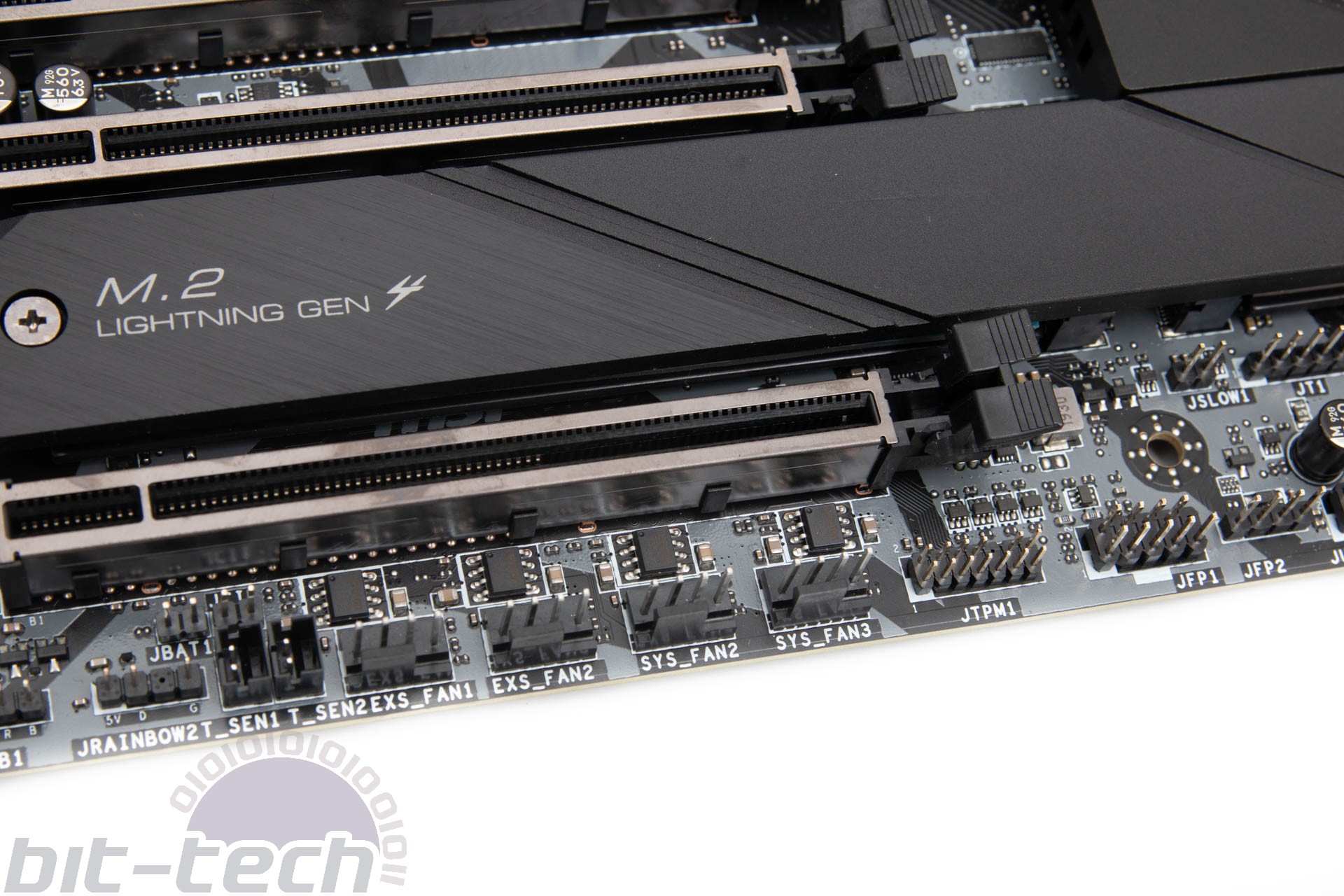
The rear I/O panel sports nine USB ports, too - all USB 3.0 (USB 3.1 Gen 1) or above and five being USB 3.1 (USB 3.1 Gen 2) plus the usual Type-C port. You get 802.11ax WiFi, Intel Gigabit and a 10-Gigabit Aquantia-powered port, while audio is your usual Realtek ALC1220 with Nahimic 3, headphone amplifier and Direct Stream Digital playback and recording with a claimed 120dB SNR.
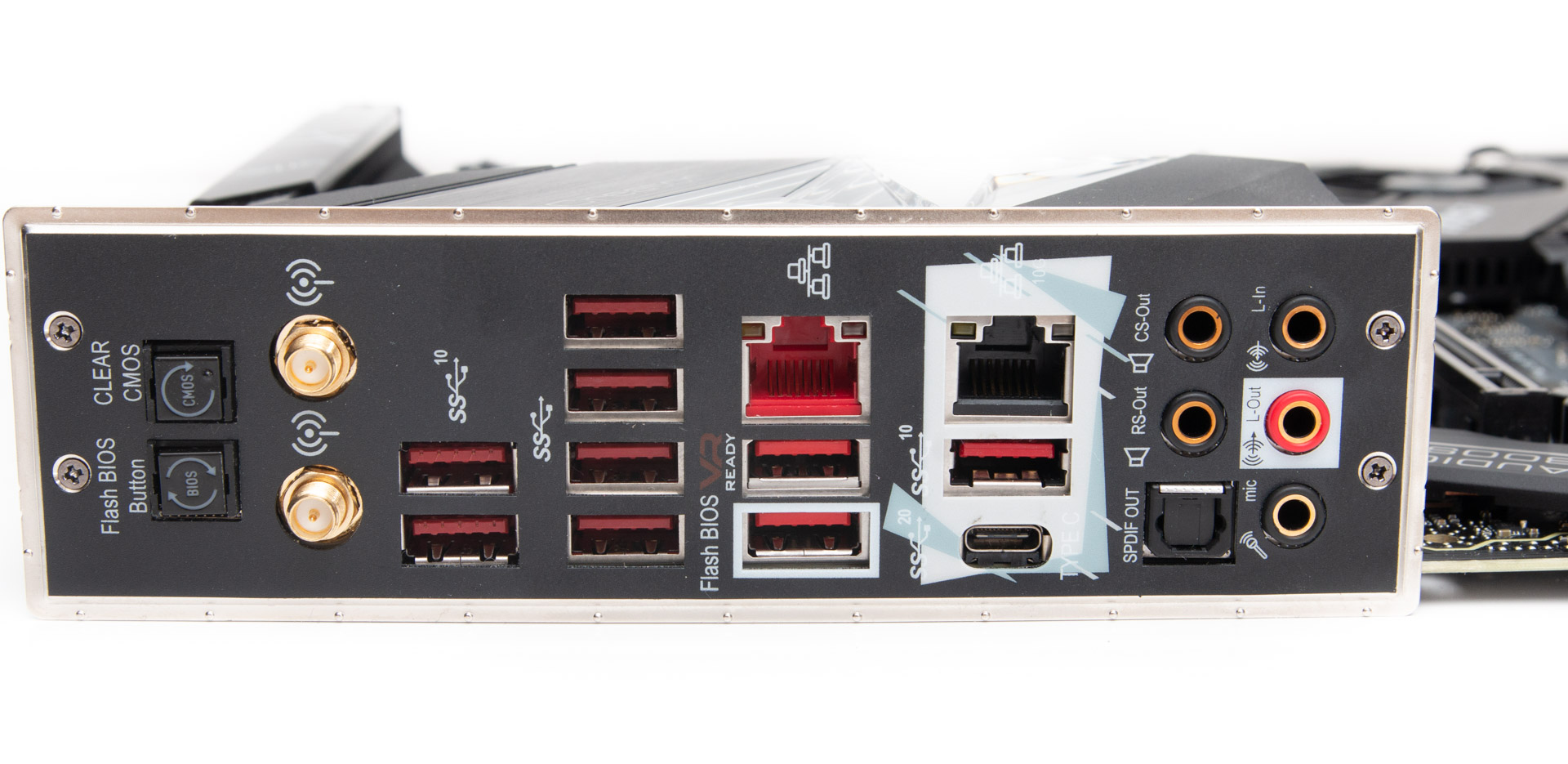
Specifications
- Chipset AMD TRX40
- Form factor E-ATX
- CPU support AMD Socket TRX4
- Memory support Quad-channel, four slots, max 256GB
- Sound Eight-channel Realtek ALC 1220
- Networking 1 x Intel Gigabit Ethernet, 1 x Aquantia 10 Gigbit Ethernet, 802.11ac Wi-Fi, Bluetooth 5
- Ports 7 x M.2 PCIe 4.0 x4 32Gbps (3 x PCIe/SATA 6Gbps, two up to 2280, one up to 22110,), 6 x SATA 6Gbps, 5 x USB 3.1 Type-A, 1 x USB 3.1 Type-C, 1 x USB 3.1 header, 8 x USB 3.0 (4 via headers), 4 x USB 2.0 (4 via headers), 2 x LAN, audio out, line in, mic, Optical S/PDIF out
- Dimensions (mm) 305 x 277
- Extras RGB LED extension cable, thermal probe cables, Wi-Fi aerial,

MSI MPG Velox 100R Chassis Review
October 14 2021 | 15:04

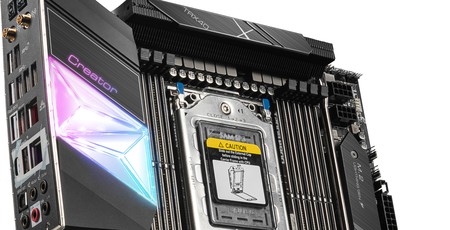

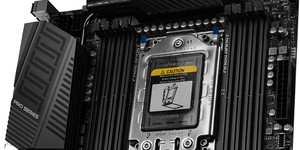
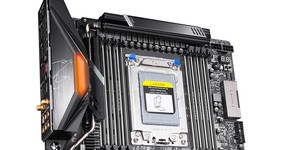




Want to comment? Please log in.